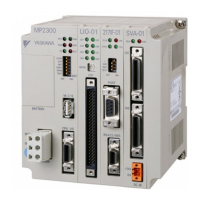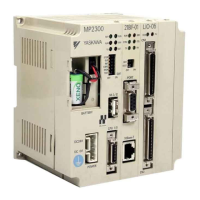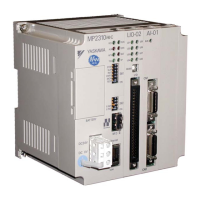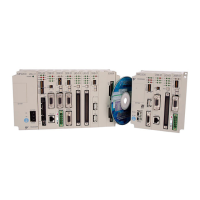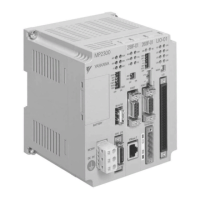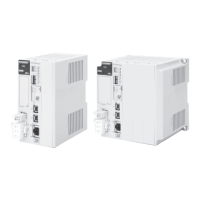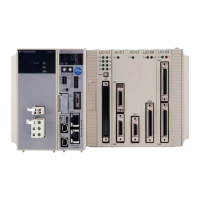TECHNICAL NOTE
MOTION APPLICATION ENGINEERING GROUP
Yaskawa Electric America - 2121 Norman Drive South – Waukegan IL 60085
(800) YASKAWA - Fax (847) 887-7280
11/23/2005 15 of 15 eng/05.055/MCD
PROGRAM ARCHITECTURE
After evaluating programming methods based on the system requirements, the user is ready to
design the program architecture. The program architecture is designed by locating logic in the
most appropriate drawings in either the high or low scan, based on the application requirements.
Before specifying specific drawings based on function, it is key to understand drawings, their
execution, and hierarchy in the MP Controller.
Drawings Definition
Application programs for MP2000 controllers are created using modular sections of
ladder logic code called “drawings.” There are four families of drawings: A, I, H and L,
organized in a generational hierarchy and denoted in the following chart.
Family A Family I Family H Family L
Parent A I H L
Child Axx Ixx Hxx Lxx
Grand
child
Axx.xx Ixx.xx Hxx.xx Lxx.xx
Valid drawing names must adhere to the above format with xx = 01-99. The maximum
combined
number of Child/Grandchild drawings differs for each ladder family as follows:
A = 62
I = 62
H = 198
L = 498
Drawing Family Execution
Each drawing family executes at a unique point in the overall program scan, offering the user the
opportunity to optimize system performance. The following charts demonstrate the priority given
to each drawing type and also show an example of actual program execution. The MP controllers
allow the user to set the High and Low Speed Scan intervals.
Drawing
Family
Function
A (Power-up) Executed only once upon power up.
I (Priority 1) Executed once at the rising edge of an interrupt input
signal, 1
st
input on a bank of LIO or CPU I/O input 1
H (Priority 2) Executed once every High speed scan interval
L (Priority 3) Executed once every Low speed scan interval.
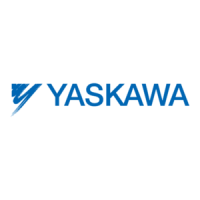
